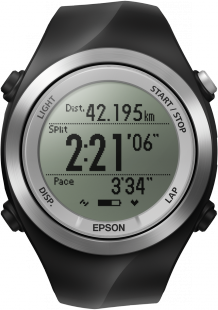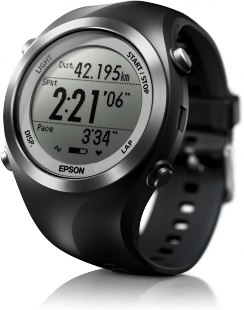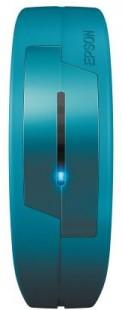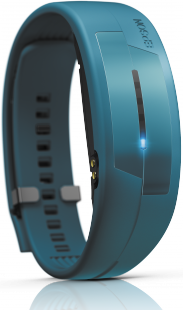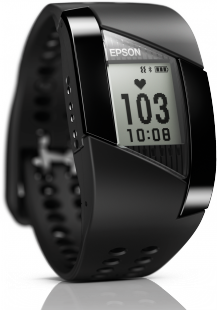Pulsense And Runsense: Epson's Foray Into Wearables
Yes, you read that right. Epson, famous for its printers more than anything else, is getting into the wearables market. And it isn't holding back on its first venture. Both the Epson Pulsense and the Epson Runsense have multiple variants, giving buyers a rather dizzying selection of six different models and functionality to choose from.
The Runsense, which you might have guessed from the name, is more interested in your running performance. It is somewhat strange then that, of the two, it is the one that looks more like a smartwatch. One unique feature of this wearable is what Epson calls its Smart Stride Sensor. In a nutshell, it means that the Runsense will be able to continue tracking your distance and pace even if you loose your GPS connection. And yes, this has GPS as well as Bluetooth, the latter for transferring data over to a computer for further analysis. It large watch face display can actually be programmed to show different screens of data by tapping on it, a feature that is only available in some of the Runsense models.
There are four variations to choose from. At the very bottom of the ladder is the SF-310, which costs £149.99 ($247), though you might want to skip out on this one because it lacks that Stride Sensor that actually makes this Epson line worth noting. However, the most basic configuration, which can be found in the SF-510, will cost £189.99 ($313). The SF-710 adds the programmable training modes for the upgraded price of £229.99 ($364). Still coming in November is the SF-810, which gets all that plus a built-in heart rate monitor.
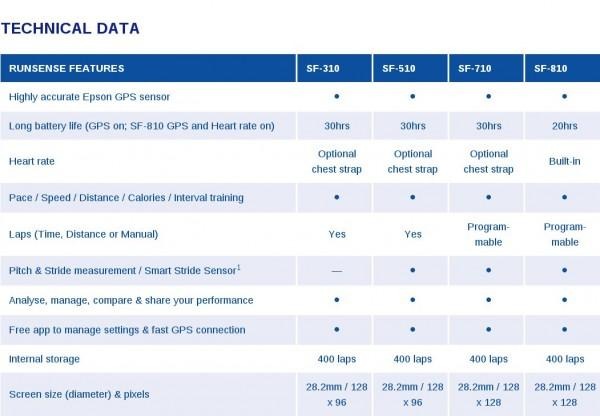
The Pulsense is more versatile in terms of function and looks more like other smart fitness bands. At its core, it monitors your hear rate and your activity, including sleeping and calorie tracking. Those latter two are actually determined based on your heart rate as well. If the Pulsense doesn't detect any motion and notices your heart rate falling to a certain level, it automatically enters into sleep monitoring mode. By combining heart rate and exercise data, it is also able to more closely track your own calorie activities.
The Pulsense only comes in two models, with different color and size options. The PS-100 has all of those tracking features and might be sufficient for most users, especially for a £129.99 ($214) price tag. What the PS-500 brings to the table, aside from a price bump to £169.99 ($280), is an LCD screen that can tell time, as well as a USB port.
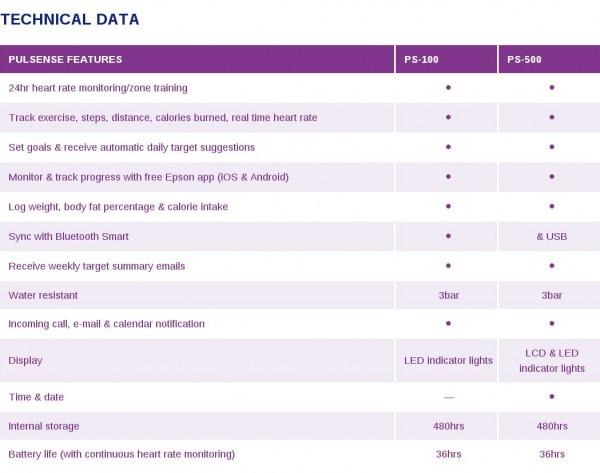
Confused yet? So will buyers probably be. The Pulsense is currently available in both the US and the UK. On the other hand, the Runsense seems to only be in stock in the UK, with no word yet on a US launch.
SOURCE: Epson
VIA: Engadget

